There's something about walking into a room with a beautiful leather sofa that just hits different. It's not just furniture - it's a statement piece that whispers sophistication and durability.
There's something about walking into a room with a beautiful leather sofa that just hits different. The smell, the way light catches those natural grain patterns, how it feels when you sit down leather brings this immediate sense of quality that's hard to fake. But here's what most people don't realize until after they've made the purchase: not all leather is created equal.
I've watched friends get excited about "genuine leather" furniture, thinking they scored a deal, only to discover a few years later why it cost so much less. Meanwhile, others invested in full-grain pieces that aged beautifully, developing that rich patina that makes furniture look better with time rather than just older. The difference? Understanding what you're actually buying.
China's leather manufacturing particularly in regions specializing in premium furniture-grade hides has made accessing quality leather more straightforward while maintaining standards that Italian design demands. Let's talk through six leather types worth understanding before you invest in furniture you'll touch every single day.
Saddle Leather
Saddle leather has this incredible backstory originally developed for equestrian use because it needed to withstand serious daily punishment. Hand-burnished to perfection, this thick, water-resistant hide develops distinctive character over time. There's a reason executive lounges and heirloom dining chairs use saddle leather; it demands both durability and distinction.
The thickness is immediately noticeable when you touch it. This isn't delicate leather that needs coddling it's built to last decades. That substantial feel translates to furniture that ages gracefully, developing character marks and patina that tell stories rather than just showing wear.
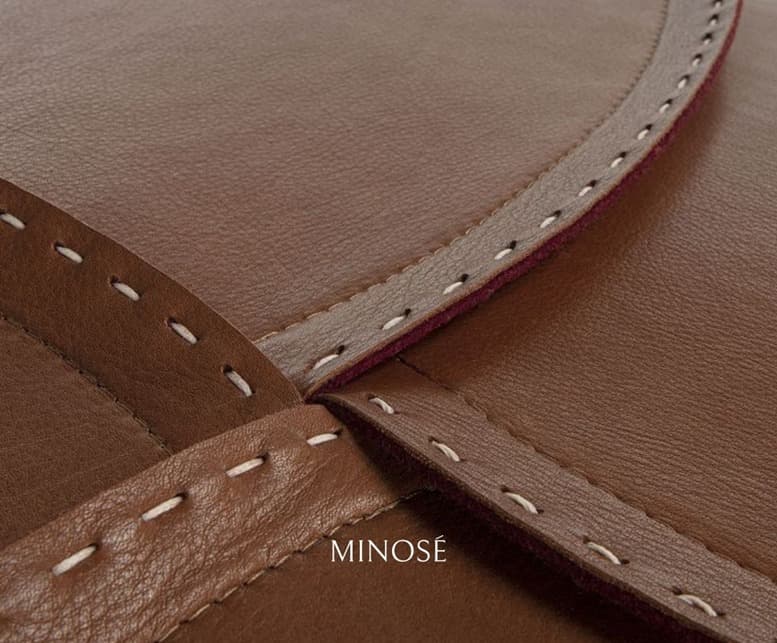
Saddle leather works beautifully in executive lounges and heirloom dining chairs where you want furniture with presence. It pairs wonderfully with dark woods, brass accents, and traditional aesthetics that value craftsmanship. The water resistance makes it practical for spaces beyond typical living rooms think home offices, libraries, or dining areas where occasional spills happen.
Maintenance is straightforward regular conditioning keeps it supple, and the thick hide forgives minor scratches that would show dramatically on thinner leathers. This is leather for people who want furniture that improves with age rather than requiring constant vigilance.
Top Grain Leather
Top grain leather is what most quality furniture actually uses and for good reason. Carefully processed to maintain consistent grain patterns while preserving natural strength, it's the most versatile luxury option. The balanced processing removes surface imperfections without compromising the hide's integrity, making it ideal for high-traffic furniture pieces that require both sophistication and resilience.
Here's what makes top grain special it looks and feels premium while being more forgiving than full-grain. That light sanding and finishing process creates a more uniform appearance that some people actually prefer. It's leather that photographs beautifully and maintains consistency across a whole sofa or sectional.
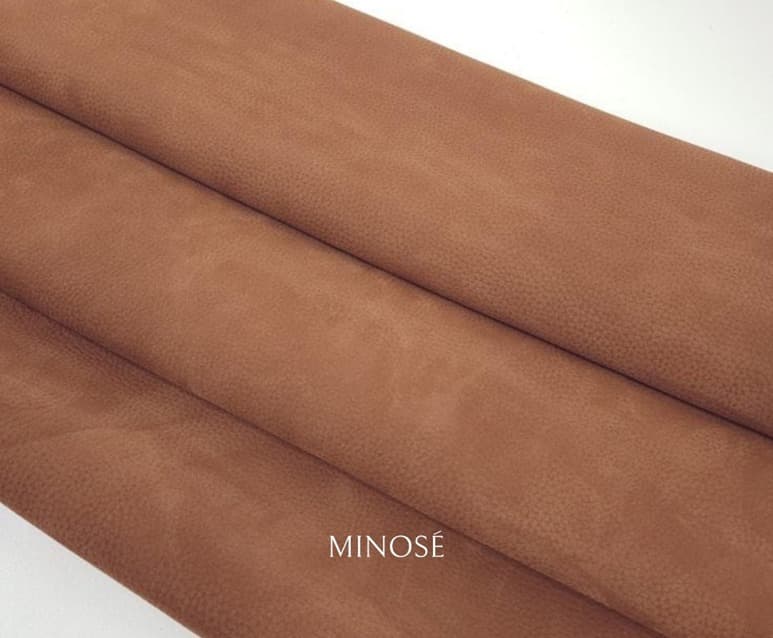
Top grain handles high-traffic furniture pieces incredibly well. Family rooms, dining chairs, office seating anywhere you need furniture to look good and perform consistently. It develops a subtle patina over time, though less dramatically than full-grain, which many people appreciate.
Maintenance is easier than full-grain because the surface is more uniform. Regular wiping with a slightly damp cloth and occasional conditioning keeps it looking fresh. It's less susceptible to showing every little mark, making it practical for real households where perfection isn't realistic.
Full Grain Leather
Full grain leather is the holy grail for leather enthusiasts and also the most expensive. Reserved for the most exclusive bespoke pieces, full-grain preserves every natural mark that tells the story of authenticity. This luxury leather appreciates in both value and visual appeal, perfect for statement lounge chairs and presidential office suites that define sophistication.
What makes full-grain special? It's completely natural. Every scar, wrinkle, and grain variation that developed while the animal was alive stays visible. Some people find this character beautiful the leather equivalent of natural wood grain. Others prefer the more uniform look of top-grain. There's no right answer, just personal preference.
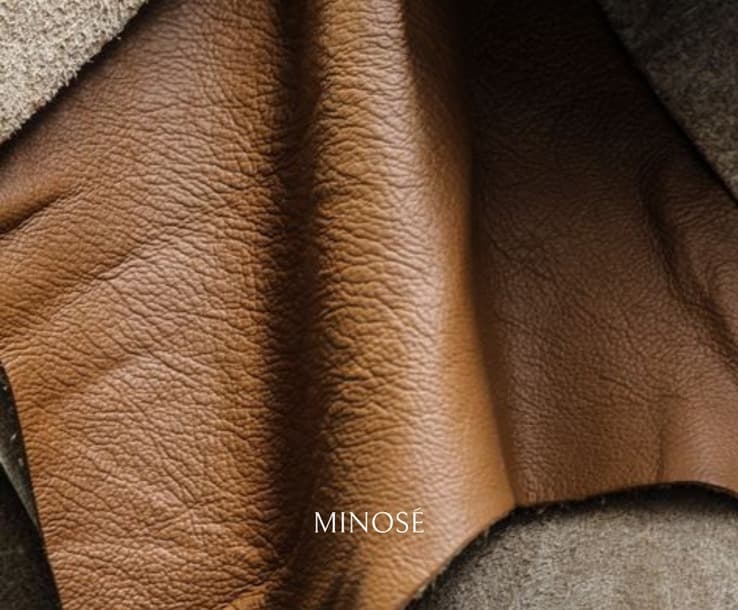
The patina development on full-grain is unmatched. Over years, it darkens and the texture softens, creating this unique look that's specific to your furniture and how you've used it. It's living material that evolves, which either excites you or makes you nervous.
Here's the practical reality: full-grain is more maintenance-intensive. It's more susceptible to scratches and marks than processed leathers. You need to condition it regularly and be thoughtful about placement direct sunlight and heat sources can damage it. But for those who appreciate natural materials that age beautifully, full-grain is worth every bit of extra care.
Faux Leather
Let's talk honestly about faux leather premium synthetic leathers deliver sophisticated aesthetics without compromise on ethics or practicality. Italian-sourced materials combine conscious choices with luxury performance, offering stain-resistance, family-friendly maintenance, and durability that meets exacting standards.
Modern faux leather has come incredibly far. Quality versions are getting harder to distinguish from real leather at a glance. They capture the look and much of the feel while addressing practical and ethical concerns real leather raises.
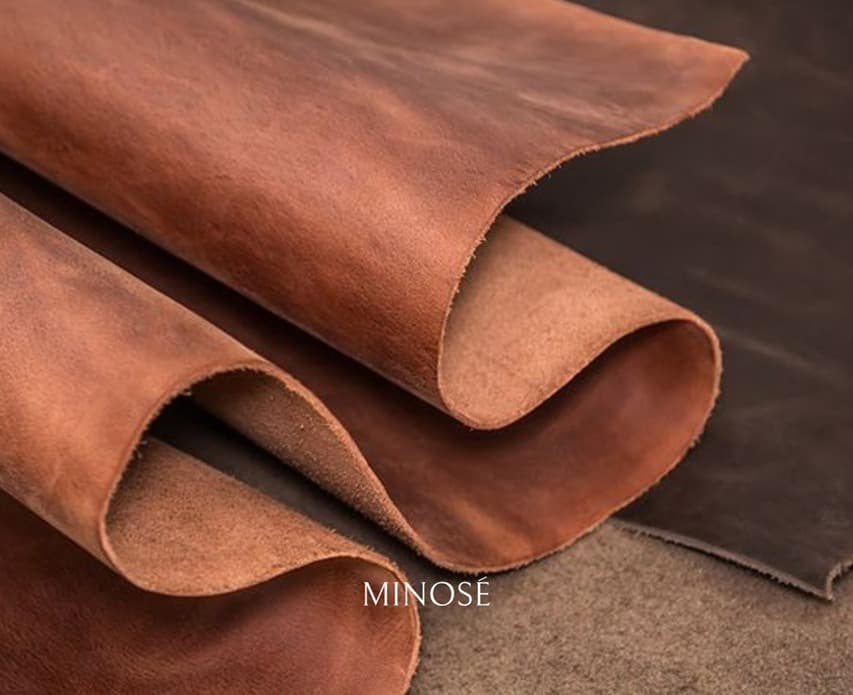
The advantages are real no animal products, often more affordable, easier maintenance, and better stain resistance. For families with young kids or strong ethical preferences, faux leather solves problems that real leather creates. It works well across various aesthetics contemporary, transitional, even some modern traditional spaces.
The honest downsides? It doesn't age the same way. Where real leather develops patina, faux leather just ages. It can crack or peel over time, especially lower-quality versions. And while modern synthetics breathe better than old vinyl, they still don't breathe like genuine leather. But for many households, those tradeoffs make perfect sense.
Suede Leather
Suede leather creates something special transforming furniture into sensory experiences through its distinctive velvety texture. Created from the hide's underside, suede ottomans and accent chairs become conversation pieces that guests remember, adding both visual richness and tactile appeal.
That soft, napped surface feels incredible to touch. It brings warmth and invitation that smooth leathers can't quite match. In jewel tones deep blues, rich burgundies, forest greens suede adds luxurious depth to spaces.
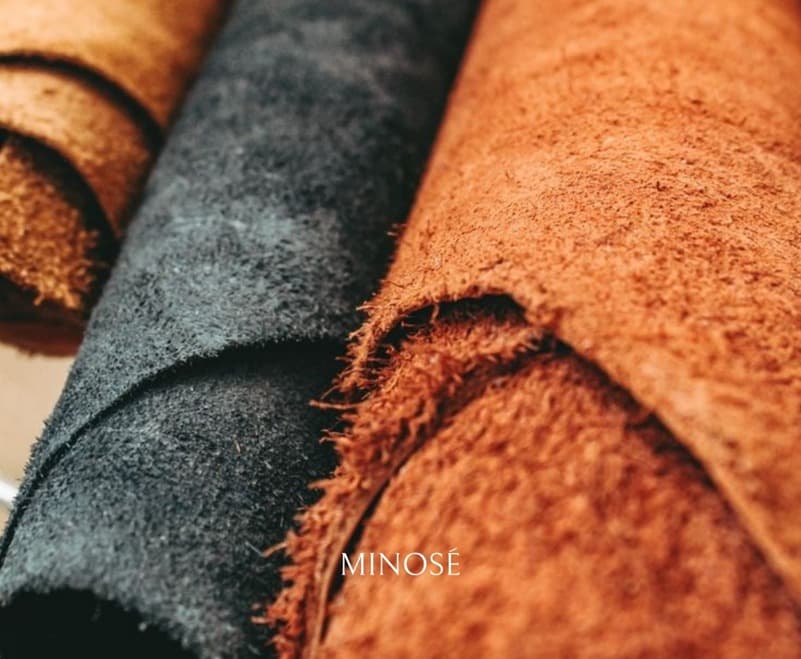
But let's be clear about suede's demands. It's high maintenance. Spills need immediate attention because suede absorbs liquids quickly. The nap can flatten with use and needs regular brushing to maintain that soft texture. It's not the choice for main family room seating where kids eat snacks.
Suede works beautifully as accent pieces ottomans, occasional chairs, bedroom seating. Places where it adds visual and tactile interest without facing constant heavy use. It's about strategic placement that lets you enjoy suede's unique qualities without constant stress.
Nubuck Leather
Nubuck leather represents the pinnacle of leather luxury. Specialized buffing achieves a soft-to-the-touch finish that rivals cashmere. This premium material combines the durability of top-grain with the sensual appeal of suede, creating furniture that defines sophistication through both appearance and feel.
The key difference between nubuck and suede? Nubuck uses the outer hide surface, making it more durable than suede while maintaining that incredibly soft feel. It's stronger, more resistant to wear, and ages better than suede. But it still demands careful maintenance.

Nubuck needs regular brushing to maintain its nap. Use a soft-bristled nubuck brush in circular motions to keep the surface looking fresh and raised. Waterproofing sprays applied 2-3 times yearly help protect against moisture. Leather conditioner keeps fibers lubricated and flexible.
This is leather for showcase pieces that statement chair in your bedroom, the luxurious ottoman in your dressing area, accent seating in formal spaces. Places where you want something extraordinary and can give it the care it deserves.
Making the Right Choice
Here's what nobody tells you in showrooms leather choice matters as much as design. You can have the perfect silhouette, but if the leather doesn't match your lifestyle, you'll regret it daily. Saddle leather brings durability and heritage character for traditional spaces. Top grain offers versatile luxury that handles real life gracefully. Full grain delivers authentic patina for purists willing to embrace natural materials.
Faux leather solves ethical and practical concerns for conscious households. Suede adds sensory richness to carefully chosen accent pieces. Nubuck creates showpiece sophistication for those committed to proper care.
Think honestly about your life. Do you have kids? Pets? Are you meticulous about maintenance or more relaxed? How will you actually use this furniture? These questions point toward which leathers will serve you well and which will become sources of frustration.
For those sourcing premium leather furniture internationally, working with specialists who understand both hide quality and manufacturing standards particularly in China's advanced leather production hubs ensures you get genuine quality with transparent sourcing. Your leather furniture becomes the tactile foundation of your space, the surface you touch every day, the material that either ages beautifully or just gets old.
